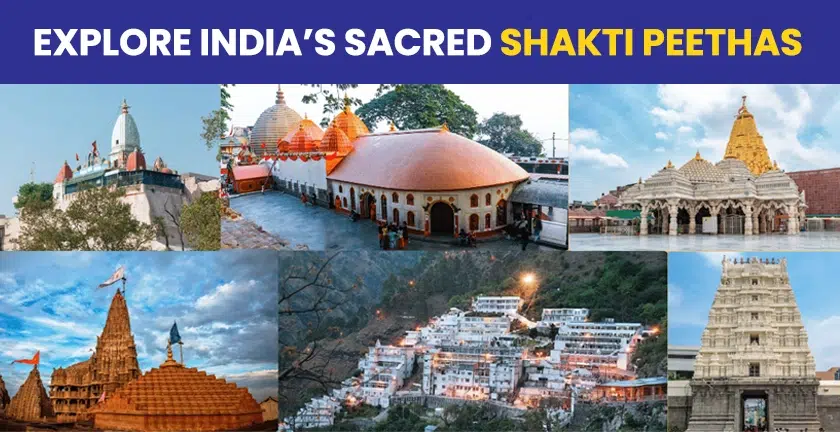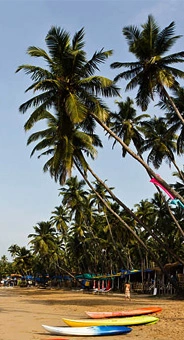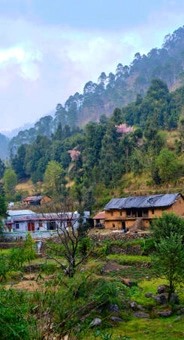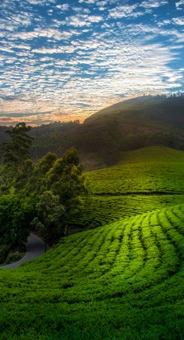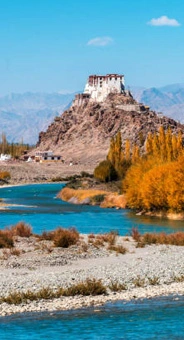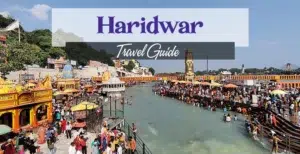Table of Contents
The Shakti Peethas are a perfect example of how mythology, devotion and culture harmoniously co -exist in India. Each of these sacred sites tells a story of divine power and eternal love, which makes them the most important Hindu pilgrimage sites in India.
The legend of Lord Shiva and Goddess Sati is where the Sacred Shakti Peethas in India got their origin. Every place where Sati’s body was scattered across the subcontinent, became a divine feminine temple, where her energy was radiated and was being worshiped as a holy temple.
Devotees have been following this divine spiritual map across the country for centuries. In addition to visiting several Shakti Peeths across India for prayer, many spiritual travelers plan customized itineraries to experience the cultural diversity. Each temple adds a unique chapter to the story of faith, from the peaceful hills of Himachal to the bustling ghats of Varanasi.
Additionally, a trip wouldn’t be complete without enjoying the local cuisine. Food becomes an integral part of the Hindu pilgrimage sites in India, whether it is the simple sattvic meals served near the temples, the steaming idlis in South India, or the spicy kachoris in Bengal. The journey through these sacred temples in India enriches both the body and soul.
What Are Shakti Peethas?
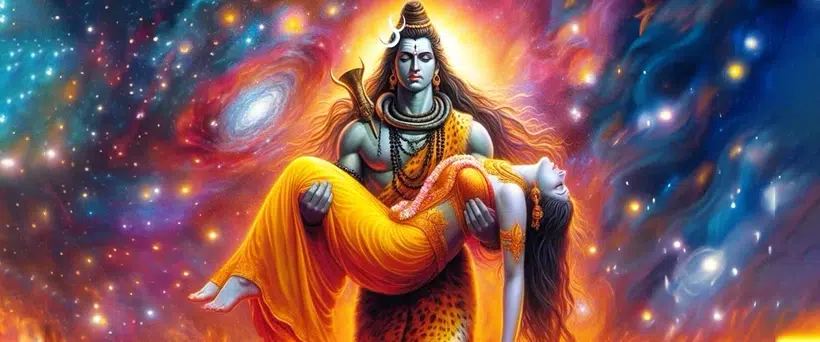
The story of the sacred Shakti temples in India begins with the legend of Sati, the consort of Lord Shiva. Shiva experienced great sorrow when Sati set herself on fire in protest of her father, Daksha’s, insult to her husband. He wandered across the cosmos with her body behind.
Lord Vishnu released his Sudarshan Chakra to calm him, causing Sati’s body pieces to fall to various locations around the earth. Every location turned into a Shakti Peeth, infused with divine energy and revered as a sacred Hindu pilgrimage place.
The 18 Maha Shakti Peethas are regarded as the most powerful of the 51 Shakti Peethas according to tradition (others claim as many as 108).
Detailed List of 51 Shakti Peethas in India
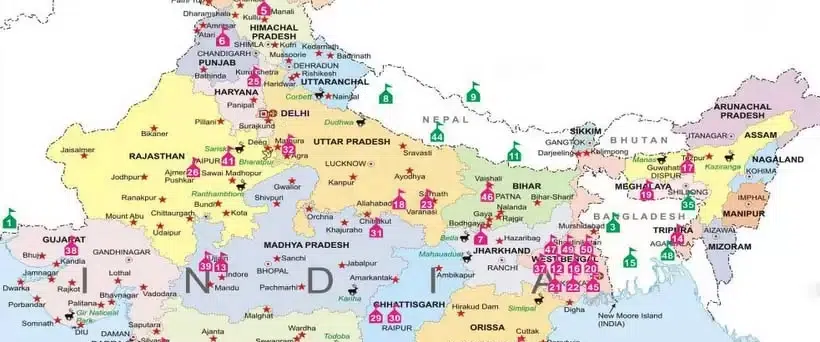
| S No. | Name of Shakti Peeth | Location (State/Region) | Part of Sati / Ornament | Best Time / Festival |
|---|---|---|---|---|
| 1 | Kamakhya Temple | Assam | Yoni | Ambubachi Mela (June) |
| 2 | Tripura Sundari | Udaipur, Tripura | Right foot | Diwali |
| 3 | Jwalamukhi Temple | Himachal Pradesh | Tongue | Navratri |
| 4 | Naina Devi Temple | Himachal Pradesh | Eyes | Shravan month |
| 5 | Chhinnamasta Temple | Jharkhand | Head | Chhinnamasta Mela |
| 6 | Kalighat Kali Temple | Kolkata, West Bengal | Right toe | Durga Puja |
| 7 | Dakshina Kalika (Kalika Mata) | Ujjain, Madhya Pradesh | Upper lip | Navratri |
| 8 | Ambaji Temple | Gujarat | Heart | Bhadarvi Poonam |
| 9 | Hinglaj Mata | Balochistan, Pakistan | Brahmarandhra (forehead) | Chaitra Navratri |
| 10 | Panchsagar Shakti Peeth | Bihar | Teeth | Shravan |
| 11 | Shrinkala Devi | Hooghly, West Bengal | Waist | Navratri |
| 12 | Bimala Temple | Puri, Odisha | Feet | Navratri |
| 13 | Taratarini Temple | Ganjam, Odisha | Breasts | Chaitra Yatra |
| 14 | Biraja Temple | Jajpur, Odisha | Navel | Chandan Yatra |
| 15 | Kanchi Kamakshi Amman | Tamil Nadu | Eyes | Navratri |
| 16 | Meenakshi Temple | Madurai, Tamil Nadu | Shoulder | Chithirai Festival |
| 17 | Chamundeshwari Temple | Mysuru, Karnataka | Hair | Dussehra |
| 18 | Jogulamba Temple | Alampur, Telangana | Upper teeth | Maha Shivratri |
| 19 | Manibandh Shakti Peeth | Pushkar, Rajasthan | Wrist | Navratri |
| 20 | Vishalakshi Temple | Varanasi, Uttar Pradesh | Earrings | Dev Deepawali |
| 21 | Manasa Shakti Peeth | Mangochi, Bangladesh | Palm | Navratri |
| 22 | Sugandha Shakti Peeth | Shikarpur, Bangladesh | Nose | Navratri |
| 23 | Jessoreswari Temple | Satkhira, Bangladesh | Palm | Navratri |
| 24 | Kirit Shakti Peeth | Jessore, Bangladesh | Crown (Kirit) | Navratri |
| 25 | Chattala Shakti Peeth | Chittagong, Bangladesh | Right arm | Durga Puja |
| 26 | Yoganidra Shakti Peeth | Jalandhar, Punjab | Left breast | Navratri |
| 27 | Ratnavali Shakti Peeth | Khanakul, West Bengal | Right shoulder | Navratri |
| 28 | Kalmadhav Shakti Peeth | Amarkantak, Madhya Pradesh | Hip | Navratri |
| 29 | Mahur Shakti Peeth | Nanded, Maharashtra | Left hand | Dasara |
| 30 | Kolhapur Mahalaxmi | Maharashtra | Eyes | Navratri |
| 31 | Tulja Bhavani Temple | Solapur, Maharashtra | Right hand | Navratri |
| 32 | Prabhas Shakti Peeth | Somnath, Gujarat | Stomach | Kartik Purnima |
| 33 | Vaishno Devi | Jammu & Kashmir | Trikuta (Torso) | Navratri |
| 34 | Bhairavi Temple | Chhattisgarh | Chin | Navratri |
| 35 | Katyayani Temple | Vrindavan, Uttar Pradesh | Hair | Navratri |
| 36 | Lalitha Devi Temple | Prayagraj, Uttar Pradesh | Finger | Magh Mela |
| 37 | Srisailam Bhramaramba | Andhra Pradesh | Neck | Shivratri |
| 38 | Pavagadh Kali Temple | Gujarat | Right toe | Navratri |
| 39 | Jalandhara Peeth | Kangra, Himachal Pradesh | Breast | Navratri |
| 40 | Mangal Chandika Temple | Kerala | Anklet | Navratri |
| 41 | Attahas Temple | Birbhum, West Bengal | Lips | Navratri |
| 42 | Bahula Shakti Peeth | Bardhaman, West Bengal | Left arm | Navratri |
| 43 | Ujjani Shakti Peeth | Guskara, West Bengal | Right wrist | Navratri |
| 44 | Kireet Shakti Peeth | Burdwan, West Bengal | Crown | Durga Puja |
| 45 | Nalhati Temple | Birbhum, West Bengal | Throat | Navratri |
| 46 | Ratnavali Temple | Chandrakona, West Bengal | Shoulder | Navratri |
| 47 | Kankalitala Temple | Birbhum, West Bengal | Waist | Navratri |
| 48 | Trishrota Shakti Peeth | Jalpaiguri, West Bengal | Left leg | Navratri |
| 49 | Vibhash Shakti Peeth | East Midnapore, West Bengal | Ankles | Navratri |
| 50 | Bakreshwar Shakti Peeth | Birbhum, West Bengal | Portion of brain | Navratri |
| 51 | Indrakshi Temple | Sri Lanka | Teeth | Navratri |
The Most Powerful Shakti Peethas in India
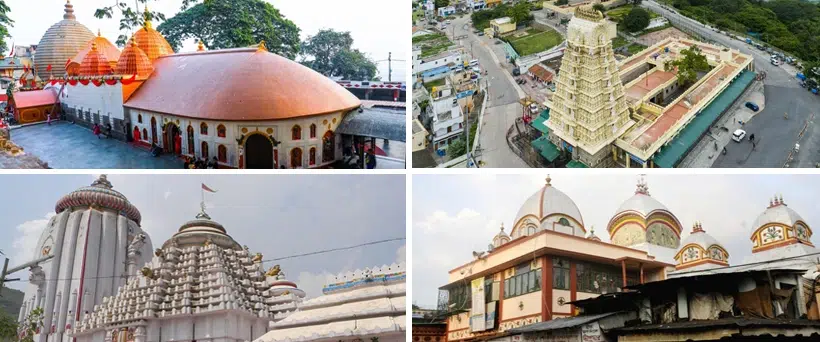
Among many temples, some are regarded as especially sacred due to their festivals, rituals, and traditions. Let’s explore them by category.
Adi Shakti Peethas (Primordial Shakti Peethas)
Among the oldest sites of Shakti worship, the Adi Shakti Peethas (Primordial Shakti Peethas) are regarded as timeless.
- Kamakhya Temple, Assam – Famous for the Ambubachi Mela, this temple is devoted to the Goddess’s yoni. Located close to Guwahati and with good train and air connectivity, it is often included in spiritual tours of North-East India.
- Bimala Temple, Odisha – It is a representation of the Goddess’s feet and is part of the Jagannath Temple complex in Puri. Pilgrims often combine it with the Jagannath Yatra.
- Maa Taratarini Temple, Odisha – Known as the Goddess’s breast shrine, it is located on the Kumari hills and is reachable from Brahmapur town. Chaitra Yatra (March-April) is the best time to visit.
- Kalighat Kali Temple, West Bengal – This temple, which worships Goddess Kali and represents Sati’s toe, is located in Kolkata. The local culture is vibrant in the surrounding bazaars.
Aastadasa Shakti Peethas (18 Maha Shakti Peethas)
In India, these are considered extremely powerful.
- Sri Kanchi Kamakshi Amman, Tamil Nadu – One of the most important temples in South India, it is devoted to the Goddess Kamakshi. Located in Kanchipuram, famous for silk sarees.
- Shrinkala Devi Temple, West Bengal – Located near Hooghly, it is believed to protect against evil. Pilgrims often combine this with travel to Kolkata.
- Chamundeshwari Temple, Karnataka – A popular venue for Navratri, this temple is situated atop the Chamundi Hills. Easy to reach from Bengaluru.
- Alampur Jogulamba Temple, Telangana – This temple is one of the 18 Maha Peethas and is well-known for its fierce form of the Goddess. Shivratri is the best time to visit.
Other Notable Shakti Peethas
Besides the Adi and Maha Peethas, several others are equally revered.
- Vishalakshi Temple, Varanasi – Near the holy Ganga, pilgrims often combine darshan with the Kashi Vishwanath.
- Mangla Gauri Temple, Bihar – This temple is especially important during the month of Shravan. You can also visit the Vishnupad Temple nearby.
- Jwalamukhi Temple, Himachal Pradesh – Famous for its eternal flames, which are believed to represent the tongue of Goddess Sati. Pilgrims combine this with the trips to Dharamshala.
- Biraja Temple, Odisha – This temple is a representation of Sati’s navel. A major location during the celebrations of Navratri.
Festivals and Spiritual Significance
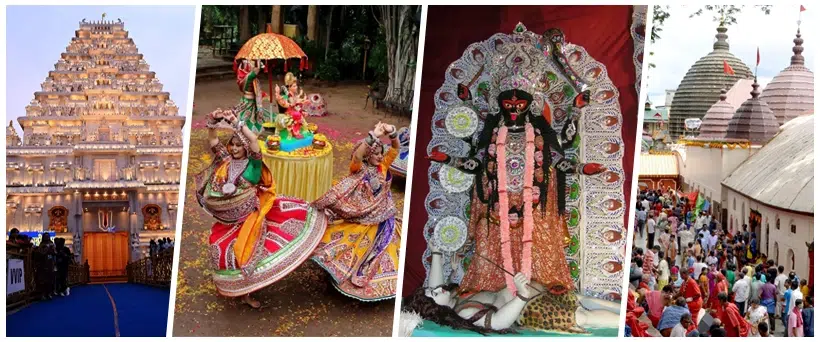
The Shakti Peeth festivals are grand celebrations of the Goddess’s power rather than just rituals.
- Navratri – In India, Navratri is celebrated with prayers, fasting, and dancing. There is no more powerful energy than visiting a Shakti Peeth during Navratri.
- Durga Puja – West Bengal’s Durga Puja is especially vibrant, combining devotion with artistic expression.
- Kali Puja – Celebrated with fervor in the temples of Kalighat and Dakshineswar in Kolkata.
- Ambubachi Mela – Celebrates the fertile aspect of the Goddess and is held at Kamakhya Temple.
Best Time to Visit Shakti Peethas
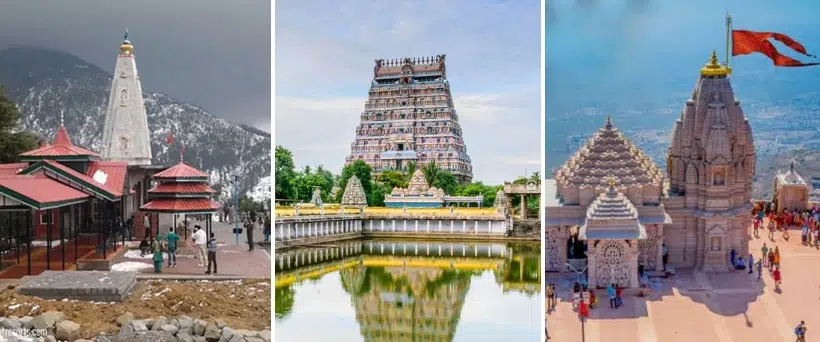
The best time to visit Shakti Peethas varies depending on India’s diverse geography:
- In North and East India (Assam, Himachal, and Bengal), the best months to visit are October to March for pleasant weather.
- Temple visits in South India (Karnataka, Tamil Nadu) are prevalent from November to February.
- Winter is the best season in Western India (Rajasthan, Gujarat).
Conclusion
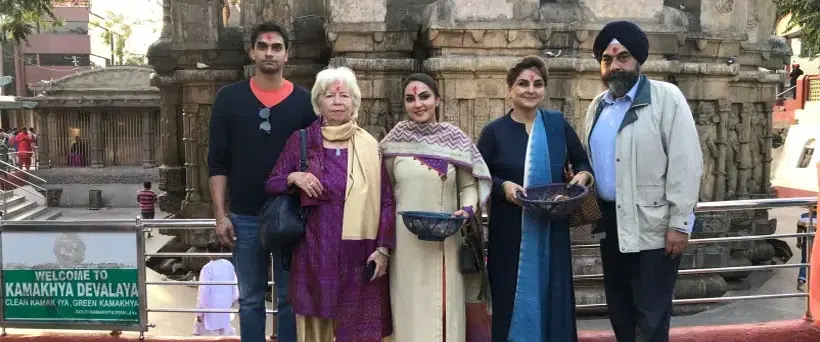
A journey into the heart of Indian mythology, faith, and culture is required to experience Shakti Peethas.The famous Shakti Temples of India are more than just the places of worship; They are the centers of spiritual energy where the divine feminine is celebrated in all her glory. Shakti Peethas provide a deep and unforgettable experience, whether you are a pilgrim, who is looking for blessings or travelers searching for Hindu pilgrimage sites in India.
Explore the famous Shakti Peethas of India on a spiritually enlightening journey with a customized itinerary designed by Dazonn Travels. From festival experiences to local guides, Dazonn ensures that your divine journey is exciting and satisfactory.
Frequently Asked Questions
A temple where a body part or jewelry of Goddess Sati is thought to have fallen and became a center of divine feminine energy is called a Shakti Peeth.
Although some literature claims up to 108 Shakti Peethas, tradition accepts 51 in India.
Indeed, there are a number of Shakti Peethas in Pakistan, Bangladesh, Sri Lanka, and Nepal. They continue to play a crucial role in the worship of Shakti.
Indeed, Sati continued the cosmic cycle of the Goddess’s presence by reincarnating as Parvati, who later married Lord Shiva.
Choose your travel route, start with a list of temples, then think about guided tours. Planning is made easier with a Shakti Peeth travel guide or customized tour.

